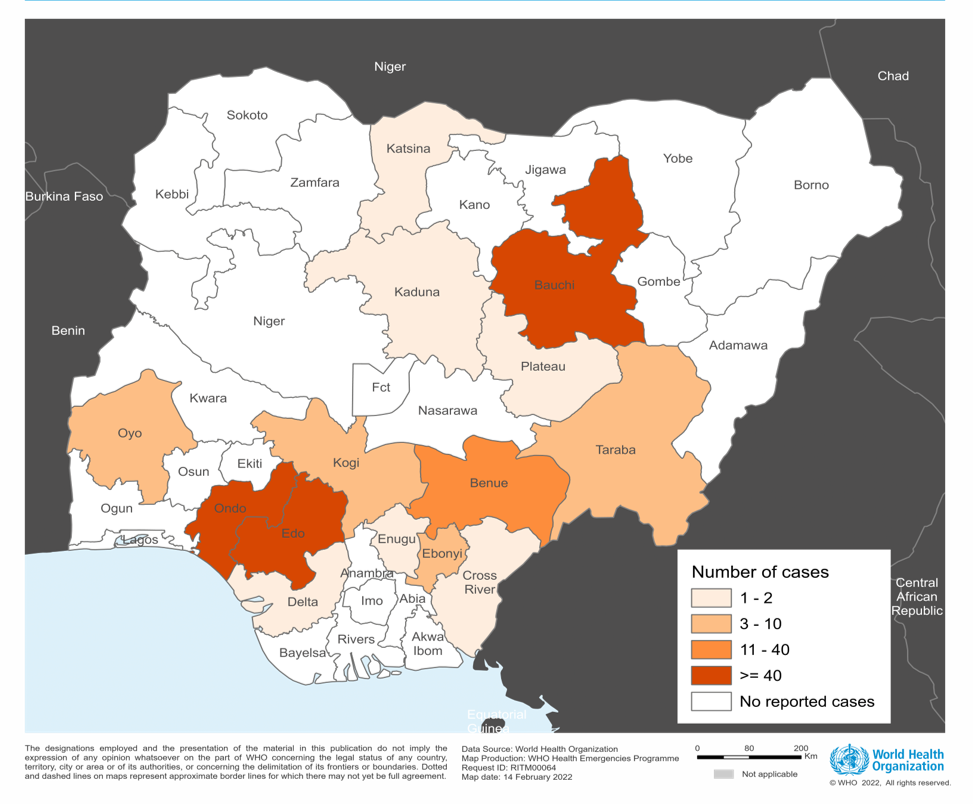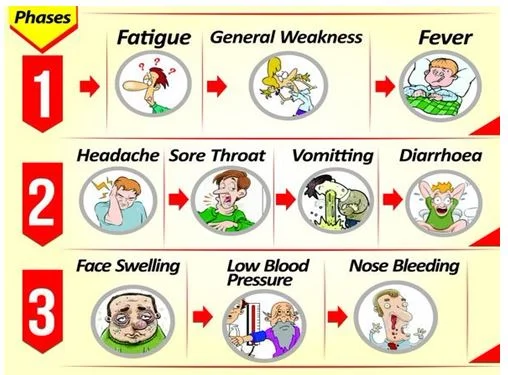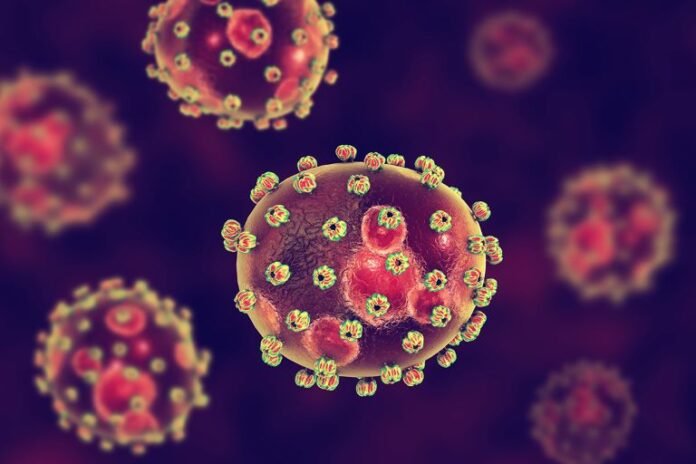Nigeria has confirmed 11 new cases of Lassa fever in Week 23 of 2025, raising the death toll to 143 this year. The Nigeria Centre for Disease Control (NCDC) reported that the current Case Fatality Rate (CFR) stands at 18.9%, which is higher than the 17.8% recorded in the same period in 2024.
The agency described this year’s death rate as concerning due to the increased number of deaths among confirmed cases. “This year’s CFR is concerning, as it indicates a higher fatality rate among confirmed cases compared to previous years,” the NCDC said.
Cases were recorded in Ondo, Edo, Bauchi, and Taraba States. One healthcare worker also became infected, raising fresh worries over the exposure of medical personnel to the virus. Ondo State remains the worst affected, accounting for 31% of all confirmed cases. Other high-burden states include Bauchi, Edo, Taraba, and Ebonyi, which together make up 90% of the total.
Infections Spread as Younger Adults and Health Workers at Risk
The disease has now spread to 96 Local Government Areas in 18 states. People aged 21 to 30 years remain the most affected group. The gender ratio of infected individuals shows slightly more males than females, at 1:0.8.

To fight the outbreak, the NCDC activated a multi-agency Incident Management System to coordinate national efforts. The response strategy includes early detection, improved case reporting, and clinical training in high-risk areas. Lassa fever messages are now part of broader public health campaigns to reach more Nigerians.
NCDC Director-General, Dr. Jide Idris, called on Nigerians to act quickly when symptoms arise. “Late presentation remains a significant challenge, contributing to the high CFR. We urge Nigerians to seek medical attention promptly if symptoms develop.”
The NCDC has distributed essential supplies to affected states. These include Personal Protective Equipment (PPE), Ribavirin for treatment, and hygiene materials to reduce the spread of the virus. Training on case management was also conducted for health workers in Bauchi, Ebonyi, and Benue States, with support from the World Health Organization.
Community Action and Sanitation Seen as Key to Controlling Spread
The agency noted that late hospital visits, poor sanitation, and limited access to care continue to affect outcomes. Poor awareness in vulnerable communities also makes controlling the disease difficult. High treatment costs and lack of nearby healthcare facilities have also slowed progress.

To close these gaps, the NCDC is working with partners to improve diagnosis and case tracking. Community-level awareness and hygiene campaigns are ongoing in areas with high infection rates. Residents are urged to clean up their environments and avoid contact with rodents, which are the main carriers of the virus.
The public has been advised to report early signs of the disease, including fever, vomiting, and bleeding. Immediate testing and treatment can improve survival chances significantly. The agency stressed the need for Nigerians to take the warnings seriously.
The NCDC restated its commitment to reducing the spread of the disease. It called for stronger community support, better hygiene, and continued collaboration to manage the outbreak.
Rate, Like 👍, Comment, share this article and Follow us on our social media handles.







